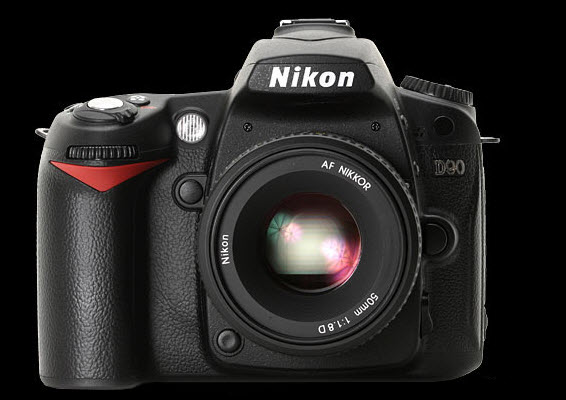For the past few years I have been arguing that still and videos cameras are converging. Casio’s EX-F1 is currently the best example of that convergence. The Casio EX-F1 delivers 5 modes of still picture taking including auto-bracketing in four modes, multiple exposures from 2 to 60 frames per second, motion sensor triggered shots, plus multiple flash exposures and then a whole set of video modes of operation: HD at 1920 x 1080 pixels at 30fps, regular video at 60fps, and successively higher frames rates of 300fps, 600fps, and 1200fps (but at the same time diminishing sizes of 512×384, 482×196, and then 336×109 at 1200 fps). But better still, the camera’s controls for lens zooming, auto-focus, color corrections, , ISO settings, and other camera properties apply equally to still as well video images.
Finally, the Casio EX-F1 delivers very high quality images in both still (6MPixels maximum) and video (2MPixels maximum) operating modes. Testing showed remarkably good results for the camera right up to ISO800 – beyond this ISO setting, noise started to appear in the shadows with speckling. But try one out at a camera shop and see for yourself what the camera can deliver.
Enter the Nikon D90

– new 12.9 Mpixel CMOS chip
– Expeed image CPU used on Nikon top of line Cameras
– Image sensor shake for cleaning on startup
– 3.0-inch 920,000 pixel TFT-LCD
– Live View with contrast-detect AF, face detection
– same fast start up and no-delay shutter speed Nikon top of line cameras
– 4.5 frames per second continuous shooting for upto 100 JPEG images
– 3D tracking AF (11 point versus 51 in D3)
– In-camera retouching including raw development, Vignetting control and straightening
– Improved user interface with optional compact, hot shoe-fit GPS unit
So Nikon is not crimping on new features for the still side of the camera versus the D80 it is replacing. See DPReview here for an extensive preview and comparison of the D90 with the D80 camera that it so effectively replaces. But the key point which is brought out by the NYTimes David Pogue is that this camera does video with interchangeable lenses(Something that users have to pay $4-9000 more for in a top of the line video camera). So now Nikon, which does not have a line of video cameras that this unit would inevitably cannibalize, has thrown down the gauntlet to Canon and Sony that do have video cameras but no Video SLR.
However, David raises some issues associated with the video side of the camera. First it does deliver 720p but not 1080p as in the Casio EX-F1 for true HD recording. Second, the controls for autofocus do not work as quickly for 720P recording. Third, the camera records only mono mode for sound reproduction versus stereo for the Casio. And finally, the camera shoots into storage busting AVI-mode -400MB per minute of video in full 720p. Certainly room for improvement here(the trade off between cameras appears to be D90’s 12Mpixel top of the line still images (the Casio deliver 6Mpixels) versus the Casio’s superior multiple exposure choices and full 1080P (the Nkon delivers 720p) plus the Casio’s very high speed video capabilities.
But the camera is the Video SLR because it marks the entry by Nikon, one of the SLR titans, into the still+video camera business. Its a move anticipated in this photo blog – and given video’s attractive features such as good low lux recordings, camera shake-reduction, swiveling live view, and astronomical zoom capabilities; these are feature that Still Cameras will want to emulate. So artists will now have an increasingly more proficient choice between poetry via still images versus story writing via video using one camera. Very nice indeed.
